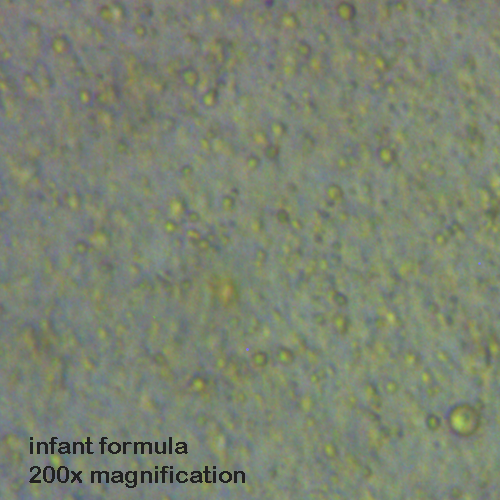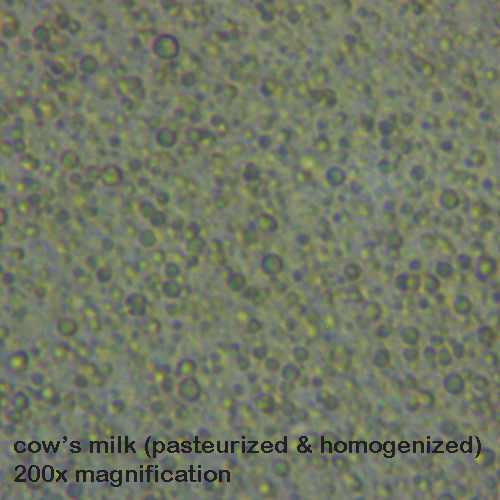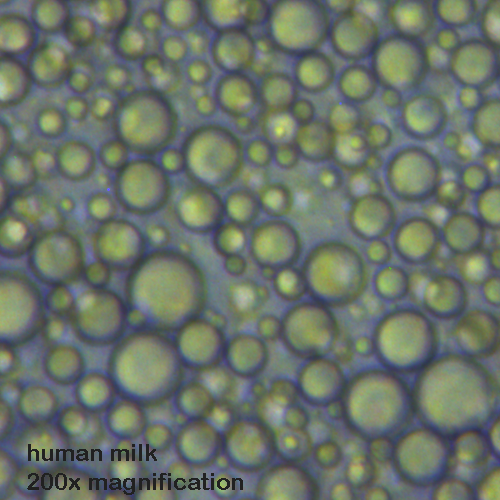Alhamdulillah, my gratitude to Allah swt for His mercy and guidance for me to write for today entry. Yet not enough glucose for my brain to work, the wonder of Allah's guidance had sparked my neurotransmitter to think a TITTLE. That is really hard. Ok, as for today topic, the breastmilk.
"Madam, minggu ni saja kita bercakap pasal lactation and today breastmilk. Ada apa-apa ke madam?"
"Hoho, perlu ada apa-apa ke untuk topik hari ini? Saya pilih tajuk ni sebab saya baru je selesai express milk and observing the milk in the bottle had remind me of my mother saying ' Susu awak ni cair, tak kenyang budak'. I was wondering, whether such statement is true or not. Masakan Allah ciptakan susu untuk bayi tidak kenyang"
KNOW THE TYPE OF BREAST MILK
Yes, even a breast milk come in different phase/type :
- COLOSTRUM : Colostrum is the first stage of breast milk that occurs during pregnancy and lasts for several days after the birth of the baby. It is either yellowish or creamy in color. It is also much thicker than the milk that is produced later in breastfeeding. Colostrum is high in protein, fat-soluble vitamins, minerals, and immunoglobulins. Immunoglobulins are antibodies that pass from the mother to the baby and provide passive immunity for the baby. Passive immunity protects the baby from a wide variety of bacterial and viral illnesses. Two to four days after birth, colostrum will be replaced by transitional milk.
- TRANSITIONAL MILK : Transitional milk occurs after colostrum and lasts for approximately two weeks. The content of transitional milk includes high levels of fat, lactose, water-soluble vitamins, and contains more calories than colostrum.

Left: Colostrum
Right: Transitional milk
See the difference in colour?
- MATURE MILK : Mature milk is the final milk that is produced. 90% is water, which is necessary to maintain hydration of the infant. The other 10% is comprised of carbohydrates, proteins, and fats which are necessary for both growth and energy. There are two types of mature milk: foremilk and hind-milk.
Foremilk: This type of milk is found during the beginning of the feeding and contains water, vitamins, and protein.Hind-milk: This type of milk occurs after the initial release of milk and contains higher levels of fat, and is necessary for weight gain.
Both foremilk and hind-milk is necessary when breastfeeding to ensure the baby is receiving adequate nutrition and will grow and develop properly.
| Left: Foremilk is more watery (bluish colour) Right: Hindmilk looks fatty (yellowish colour) |
"Orang tua dahulu pernah cakap, kalau nak susukan anak kena dua-dua belah sebab sebelah adalah 'makanan' dan sebelah adalah 'air'. Saya tak kata konsep ini salah, mungkin ada sebab kenapa dikatakan begitu. BOTH BREASTS have the SAME composition .Pengosongan kedua-dua belah payudara membolehkan susu terhasil lagi cepat dan efisien."
BUT WHY SOME OF THE MILK LOOK THIN AND SOME THICK?
This might be due to the imbalance of foremilk and hindmilk. Sebab apa terjadi macam tu? This usually happens if :
This might be due to the imbalance of foremilk and hindmilk. Sebab apa terjadi macam tu? This usually happens if :
- mother have overabundant supply OR
- nurse in very short sessions
If this situation happens, the baby will not get enough of the rich fatty milk which may cause excessive gas fussiness and a very green acidic stool. To avoid such, baby should be encouraged to nurse often in order to ease and move the gas. baby usually pass gas during their nursing session or shortly thereafter.
"Jadi, untuk mengelakkan perkara ini terjadi, it is advisable to let the baby finish the first breast before offering the other and avoid interruption in order to switch breasts or timed session (10 mins per breast)"
"Tapi kan madam, if the baby nurse, macam mana nak tahu bayi minum hindmilk or foremilk?"
"Ha, memang susah nak distinguish between both. According to what I read from Kelly's, there is NO SHARP DISTINCTION between foremilk and hindmilk. It is a gradual change from the moment of let-down ".
According to Kelly (2011), the composition of the milk changes as feeding progress because every baby varies in the amount of time it takes for him to receive his fill of hindmilk. Therefore, it is IMPORTANT to alow baby to feed for an unlimited amount of time on the first breast. Kelly (2011) also explained that in between feedings, milk collects in mom's breasts. The fat globules stick to the walls of alveoli, high up in the breast near where the milk is made. Between feed, (since the fat is stuck up higher up), some lower-fat milk (foremilk) gradually moves down to fill the milk sinuses. This is where the baby accesses the milk and this is the milk that is available before let down (Kelly, 2011). The let-down reflect help the milk to be squeezed out and available for the baby to milk out.
"Jadi, untuk mengeluarkan sepenuhnya hindmilk (yang kaya dengan lemak), the breast need to be empty because as the breast start to empty, the fat globules become dislodged and move down the ducts. Therefore, lagi lama baby feed, the higher the fat content of the milk coming out the nipple as MORE FAT GLOBULES IS FORCED OUT. "



Figure 1-3 : Fat globules observed under microscope in three different type of milk (infant formula, cow's milk, human milk). We can see that the human milk contains large fat globules (sometime we can see it layered on the top of the milk) as to compare with others.
(Source: Kellymom, 2011)
Jadi ibu-ibu, biarkanlah bayi anda menyusu dengan lama sehingga dia melepaskan sendiri payudara. Tak ada istilah susu tak pekat sebenarnya. Yang penting, pastikan payudara benar-benar kosong.
Hope this info shed some light on the breastfeeding issue. Any comments and added information are welcomed.
References:
Information is provided for educational purposes only. Unless otherwise noted, posted items are not written by doctors or other health care professionals. If you are concerned about your health, or that of your child, consult with your health care provider regarding the advisability of any opinions or recommendations with respect to your individual situation. Keep in mind that online information is NOT a substitute for an in-person evaluation by a qualified, independent International Board Certified Lactation Consultant (IBCLC).
"Jadi, untuk mengelakkan perkara ini terjadi, it is advisable to let the baby finish the first breast before offering the other and avoid interruption in order to switch breasts or timed session (10 mins per breast)"
"Tapi kan madam, if the baby nurse, macam mana nak tahu bayi minum hindmilk or foremilk?"
"Ha, memang susah nak distinguish between both. According to what I read from Kelly's, there is NO SHARP DISTINCTION between foremilk and hindmilk. It is a gradual change from the moment of let-down ".
According to Kelly (2011), the composition of the milk changes as feeding progress because every baby varies in the amount of time it takes for him to receive his fill of hindmilk. Therefore, it is IMPORTANT to alow baby to feed for an unlimited amount of time on the first breast. Kelly (2011) also explained that in between feedings, milk collects in mom's breasts. The fat globules stick to the walls of alveoli, high up in the breast near where the milk is made. Between feed, (since the fat is stuck up higher up), some lower-fat milk (foremilk) gradually moves down to fill the milk sinuses. This is where the baby accesses the milk and this is the milk that is available before let down (Kelly, 2011). The let-down reflect help the milk to be squeezed out and available for the baby to milk out.
"Jadi, untuk mengeluarkan sepenuhnya hindmilk (yang kaya dengan lemak), the breast need to be empty because as the breast start to empty, the fat globules become dislodged and move down the ducts. Therefore, lagi lama baby feed, the higher the fat content of the milk coming out the nipple as MORE FAT GLOBULES IS FORCED OUT. "



Figure 1-3 : Fat globules observed under microscope in three different type of milk (infant formula, cow's milk, human milk). We can see that the human milk contains large fat globules (sometime we can see it layered on the top of the milk) as to compare with others.
(Source: Kellymom, 2011)
Jadi ibu-ibu, biarkanlah bayi anda menyusu dengan lama sehingga dia melepaskan sendiri payudara. Tak ada istilah susu tak pekat sebenarnya. Yang penting, pastikan payudara benar-benar kosong.
Hope this info shed some light on the breastfeeding issue. Any comments and added information are welcomed.
References:
- Mother-to mother .com (2006) Mother concerns: milk supply [online] (Available at: http://www.mother-2-mother.com/motherconcerns.htm)
- Kellymom parenting breastfeeding (2011) Foremilk and hindmilk: how does it works? [online] (Available at : http://kellymom.com/bf/got-milk/basics/foremilk-hindmilk/)
" Yang baik itu dari Allah, yang kurang itu dari saya"
Do visit my page at:
https://www.facebook.com/HealthAndRejuvenate?ref=hl (health and rejuvenate)
https://www.facebook.com/LittleMujaheedsHijab?ref=hl (Little Mujaheed's hijab)
https://www.facebook.com/mmmzm (Masyita Mamot)
Contact:
H/P: 013-3328563
Email: masyita_mamot@yahoo.com
Information is provided for educational purposes only. Unless otherwise noted, posted items are not written by doctors or other health care professionals. If you are concerned about your health, or that of your child, consult with your health care provider regarding the advisability of any opinions or recommendations with respect to your individual situation. Keep in mind that online information is NOT a substitute for an in-person evaluation by a qualified, independent International Board Certified Lactation Consultant (IBCLC).

No comments:
Post a Comment